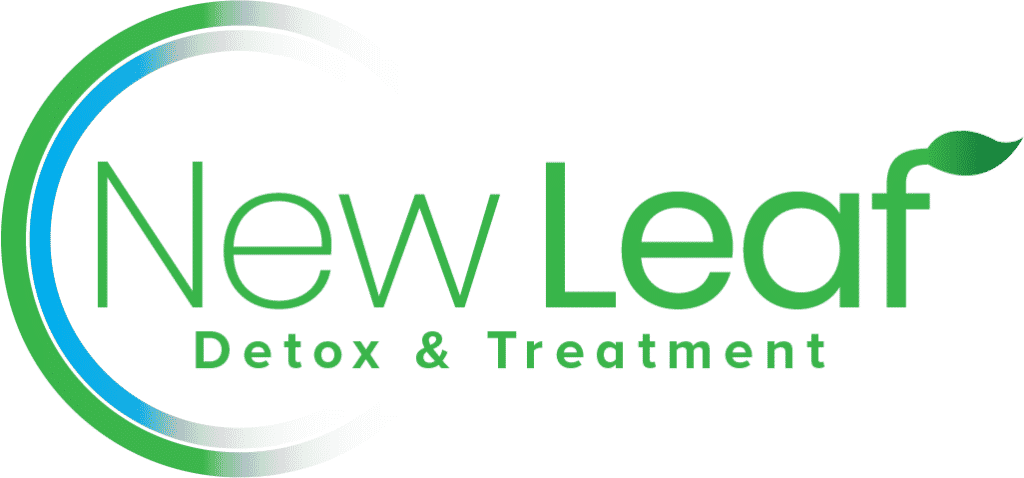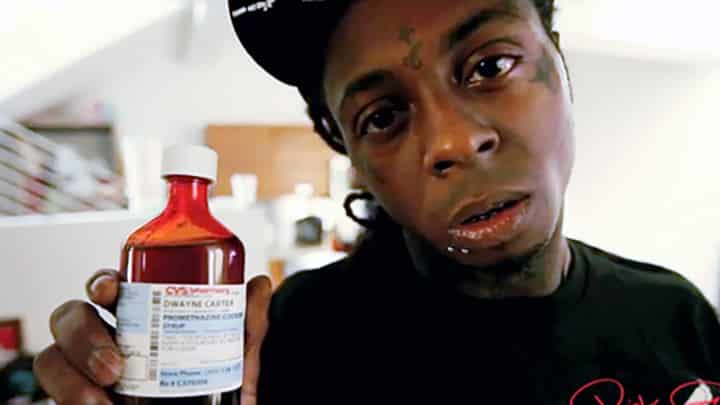Lean, AKA purple drank, may look harmless, but it can be actually quite dangerous. Many people are lulled into a false sense of security by the popularity and innocent appearance of the drink, but it’s very possible to get addicted to lean.
This article explains exactly what lean contains and explains some of the effects. It also tells you what you should do if you or a loved one has a lean problem.
How Did Lean Become so Popular
One of the biggest reasons that lean became so popular is because of its association with rap and hip-hop culture. Famous rappers such as Lil Wayne can be seen sipping on lean in music videos and during interviews. Across the culture, it has been admired as a way for people to have fun and party.
Lean is different from other drugs in the sense that it has somewhat more of a clean image because it is made from a prescription drug. And when it’s made into a purple fizzy soda, it looks much less harmless than it really is.
Thanks to promotion by rappers and the form it takes, lean looks like a lot more of a “fun” drug than other more serious-looking downer drugs like heroin. With that said, lean can still be an incredibly dangerous drug to get into.
What’s in It?
Lean isn’t comprised of one particular drug, but rather it’s a combination of drugs. Typically, lean will contains prescription grad cough syrup including codeine and promethazine. These are then mixed with Sprite and Jolly Ranchers.
Unlike other drugs that have a bitter or otherwise unpleasant taste, lean can actually taste quite good because of it’s syrupy nature. This, paired with the culture in rap music, makes it appeal to the youth who might not realize how serious it is because of the taste.
Given the improvised nature of lean, there may be local variants that are somewhat different. For example, some people might prefer to use a different kind of soda.
Codeine is a kind of opiate drug. This means it belongs to the same category as drugs like heroin and Vicodin. This means that despite the fun appearance, lean can actually be very addictive. It’s also possible to overdose from large amounts.
Promethazine, on the other hand, is an antihistamine medication that counteracts the nauseating feeling of high amounts of codeine.
The Effects of Lean
The codeine, in combination with the Promethazine, creates a sense of euphoria and drowsiness. The name “lean” comes from the fact that people tend to slouch the more they drink.
If someone is on lean, they might appear to be tired and drunk, but the effect from their perspective is quite different. Lean users may also experience a sense of dissociation from their bodies. This means that lean users may experience reality as though they’re watching it from an outside perspective.
When someone drinks too much lean, there are a wide variety of undesirable side effects that can arise. For example, excessive use of lean could lead to seizures, breathing problems, or even brain damage.
As you can see, this is a very serious drug, and you shouldn’t let its fun appearance deceive you.
Another point to bear in mind is that it is an opioid cocktail. And, it can be seen mixed with alcohol, which can be a deadly combination. The effects of opioids are greatly exasperated when paired with alcohol. The two in combination can result in severe respiratory depression — leading to unconsciousness and problems breathing.
Lean Addiction
While promethazine is not generally addictive in itself, codeine is. Opioids have among the highest potential for abuse and addiction as a drug class. And because lean is a choice for many new drug users, they may not even realize they are becoming addicted before it is too late.
Users who drink lean for extended periods of time will eventually become chemically addicted and experience opiate withdrawal. Opiate withdrawal is a very unpleasant experience affecting both the body and mind. Because of this, we often see opioid addicts on the constant search to keep their high going and avoid withdrawal.
It is this point where new users make the decision to stop using, or resort to cheaper drugs that will give them the same fix — street drugs like heroin. Nearly 80% of all heroin users started off by trying prescription opioids like codeine.
It’s a scary reality that is finally being talked about, but not much has been done to stop it. As a country, we are prescribed opioids for a range of circumstances such as surgical procedures, chronic pain, and even a simple cough. And when we are done needing the prescription, we often have leftover prescriptions — allowing us to take them for “fun.
Treatment Options
For small-scale lean users, rehab might not be necessary. In some cases, a lean user might be able to stop using it without experiencing too many withdrawal effects.
For someone to stop doing lean, it might be necessary for them to stop associating with certain groups of people. Quite often, people fall into lean addiction because they start hanging out in settings where people frequently consume lean.
In some cases, simply making the right lifestyle changes will be enough to prevent lean addiction. On the other hand, when the addiction has become more severe, the user might experience rehabilitating side effects. When this happens, attending rehab may be necessary.
Inpatient Rehab
For the most serious forms of lean addiction, it might be necessary to attend an inpatient rehab facility. Inpatient rehab involves living at the rehab center for an extended period of time. This is good for people who have moderate to severe withdrawal effects.
Patients at an inpatient rehab facility can be monitored, and they may be given certain medications to manage the worst of the withdrawals. The downside to this form of rehab is that you need to be able to commit to the process fully.
When this isn’t possible, you might consider outpatient rehab instead.
Outpatient Rehab
Outpatient rehab involves continuing to live at home. You simply go into the rehab center for appointments. This is good for people who have less serious lean addiction or for people who have commitments that prevent them from doing inpatient rehab.
For example, if you have children at home who you need to look after, outpatient rehab might be for you.
Lean Addiction Can Be Beaten
As you can see from this article, lean might look like a fun and harmless drug, but it’s actually dangerous. The codeine and promethazine in lean can cause some serious side effects. When lean use is frequent enough, it can also lead to addiction.
If you or a loved one is suffering from lean addiction, rehab could be the answer. Take a look at our rehab page to learn more about a stay in rehab.




